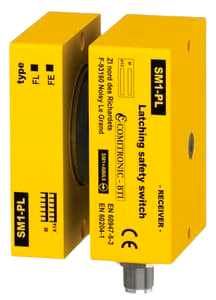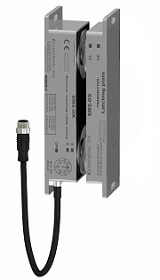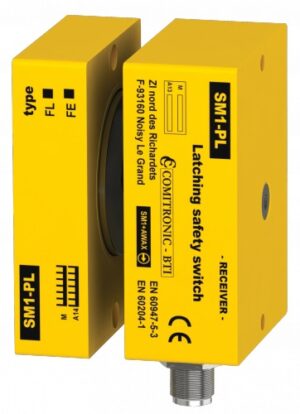Solenoid Locking Switches
Solenoid locking switches are safety devices designed to secure access points by using an electromagnetic locking mechanism. These switches prevent access to hazardous areas until…
Solenoid locking switches are safety devices designed to secure access points by using an electromagnetic locking mechanism. These switches prevent access to hazardous areas until the machinery has reached a safe, non-operational state. Commonly used in industrial environments, solenoid locking switches enhance safety by ensuring that doors, gates, or covers remain locked until specific safety conditions are met, such as the cessation of motion or power isolation.
Key Features:
- Electromagnetic Locking Mechanism
Uses a solenoid to keep safety gates locked until a safe release condition is reached. - Fail-Safe and Power-to-Lock Options
Available in configurations for both power-to-release (fail-safe) and power-to-lock systems, depending on safety needs. - High Holding Force
Provides strong locking force to prevent unauthorized or accidental entry during machine operation. - Durable Construction
Built to withstand harsh industrial environments, with protection against dust, moisture, and mechanical impacts. - Emergency Release Option
Some models include a manual release mechanism for emergency evacuation in case of power failure.
Applications:
- Industrial Machine Guarding
Prevents access to machinery until all movement has stopped to avoid accidental injury. - Robotics and Automated Systems
Ensures safe access to robotic cells only when robots are in a safe state. - Conveyor and Material Handling Systems
Secures access to high-speed conveyors until they are fully powered down.
Solenoid locking switches play a crucial role in maintaining safety and preventing accidents in automated and hazardous environments by enforcing controlled access based on machine status.


